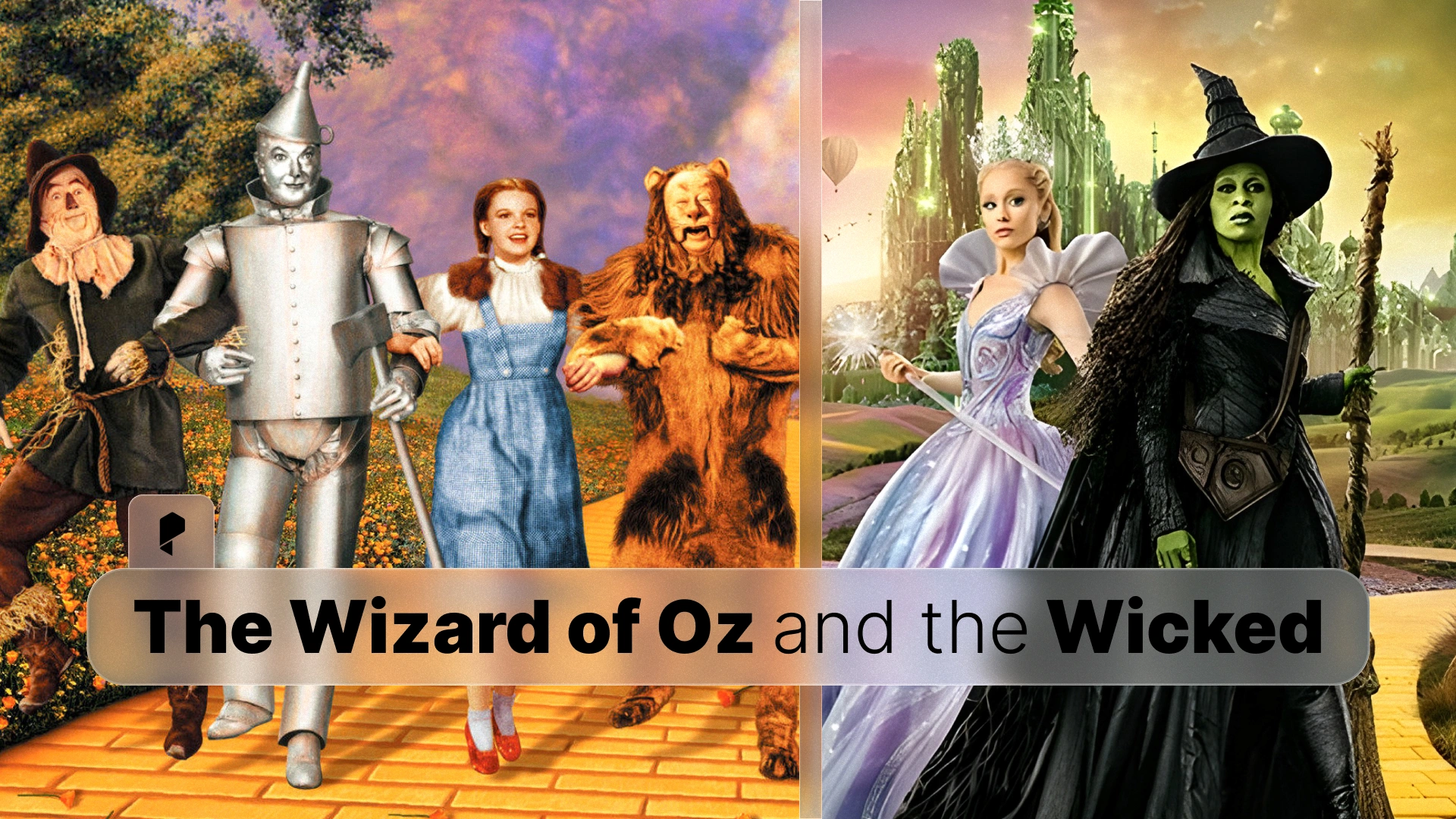Mastering Knee Shots: A Guide for Aspiring Filmmakers

What Is a Knee Shot and Why Is It Important?
Knee shots are often used to:
- Highlight a subject’s movement, such as walking or running.
- Draw attention to subtle details, like objects on the ground.
- Create dramatic tension or emotional weight in a scene.
Unlike low-angle shots, which emphasize power or dominance, knee shots focus on capturing a character’s lower body or grounding the viewer’s perspective. For example, they are frequently employed in action scenes to emphasize dynamic motion or in character-driven moments to add a layer of intimacy.
Want to learn more about other camera angles? Check out this guide on Explaining Different Types of Camera Angles from Cinema.
When and Why to Use Knee Shots in Cinematic Scenes
- Dynamic Movement
Knee shots are perfect for capturing movement. Whether it’s the stride of a protagonist or the chase of a villain, this angle emphasizes energy and action. - Grounded Perspective
A knee-level shot provides a view closer to the ground, making it ideal for showing objects or actions that take place in this space, such as a character retrieving a dropped item. - Adding Tension
By cutting off part of the frame, such as the upper body of a character, knee shots can create an air of suspense or mystery, forcing the viewer to focus on the subject’s lower movements. - Visual Storytelling
In scenes where footwear, environment, or lower body actions are significant, knee shots play a critical role. For instance, think of Western films where boots stride across dusty roads, setting the tone for confrontation.
By using knee shots effectively, filmmakers can direct audience attention, enhance emotion, and bring their vision to life.
Techniques for Shooting Knee Shots Like a Pro
1. Frame Your Subject with Precision
Position the camera at or slightly above knee height to capture the desired perspective. Ensure the subject is well-aligned with the scene’s focal points, such as paths, objects, or movements.
2. Choose the Right Lens
A wide-angle lens can emphasize the environment around the subject, while a telephoto lens adds depth by isolating the subject against the background.
3. Optimize Camera Settings
- Shutter Speed: Adjust for fast-moving subjects to avoid motion blur.
- Aperture: Use a shallow depth of field for dramatic isolation or a wider aperture for contextual shots.
- Stabilization: Consider using a gimbal or tripod to maintain a smooth shot.
4. Experiment with Lighting
Natural light works beautifully for knee shots, especially when combined with creative shadows. For indoor scenes, soft diffused lighting can bring out details without overpowering the frame. Enhance the depth of knee shots by using light leaks or motion effects. For a cinematic touch, explore resources like Light Leaks for Cinematic Effects.
5. Adapt to Your Story
Tailor each knee shot to the narrative. For instance, a slow pan at knee level adds tension, while a static knee shot can emphasize subtle movements or interactions.
With practice, these techniques will help you master knee shots and use them effectively to enhance your cinematic storytelling.
Famous Examples of Knee Shots in Film
- Hannibal (2001)
The knee-level shot is used to add a sense of tension and menace, focusing on the character’s slow, deliberate movements. This framing emphasizes unease and builds suspense in key moments. - Western Films
Think of the classic shot of cowboy boots trudging across a dusty road. This angle sets the tone for impending conflict and highlights the rugged environment of the genre. - Action Sequences
Movies like Mad Max: Fury Road use knee shots to show dynamic action, focusing on fast-paced movement while grounding the viewer in the scene’s intensity.
By studying these examples, filmmakers can draw inspiration and understand how to use knee shots effectively in their own projects.
Troubleshooting and Enhancing Knee Shots
- Avoiding Overexposure
Ensure proper lighting balance to avoid overexposing the subject or losing background detail.
- Maintaining Stability
Use stabilization tools like tripods or gimbals to keep the shot steady, especially during motion-heavy scenes.
- Framing Consistency
Double-check framing to ensure visual consistency when cutting between knee shots and other angles.
With these tips, you’ll be able to troubleshoot issues and make the most of this versatile camera angle.
Conclusion
If you buy something through our links, we may earn an affiliate commission or have a sponsored relationship with the brand, at no cost to you. We recommend only products we genuinely like. Thank you so much.





